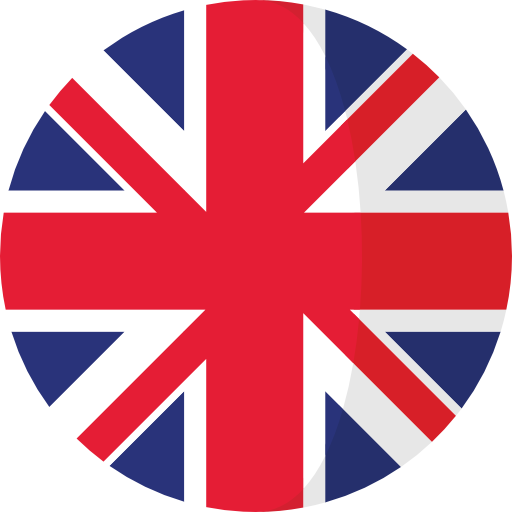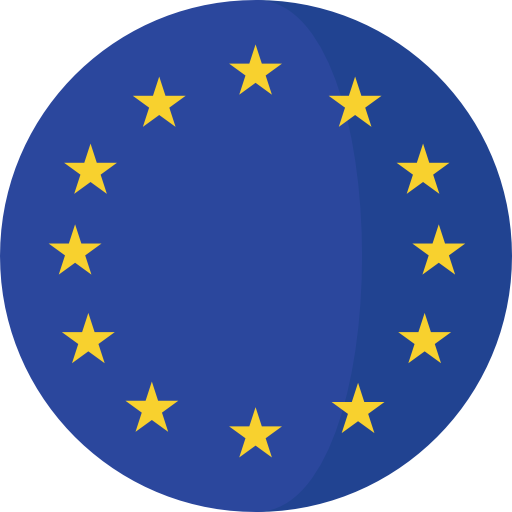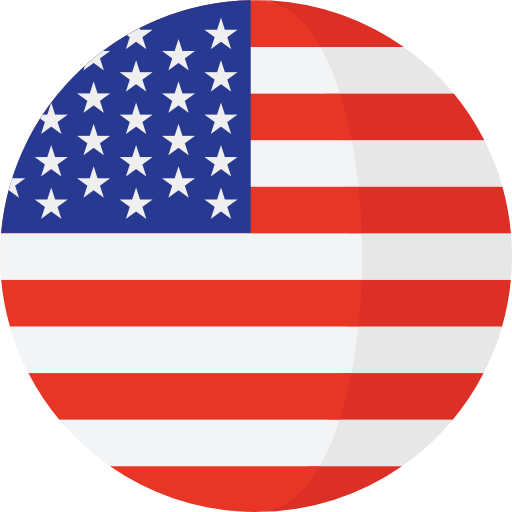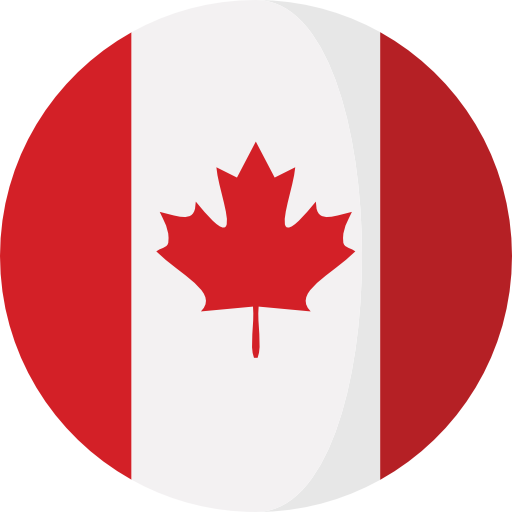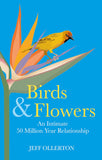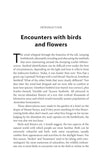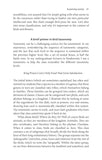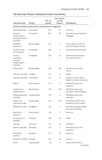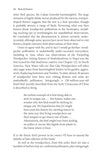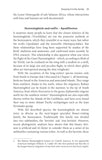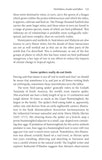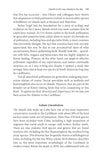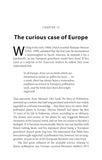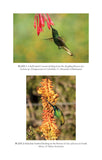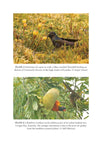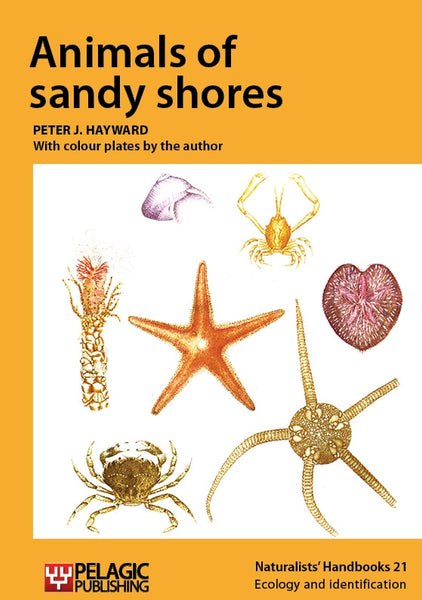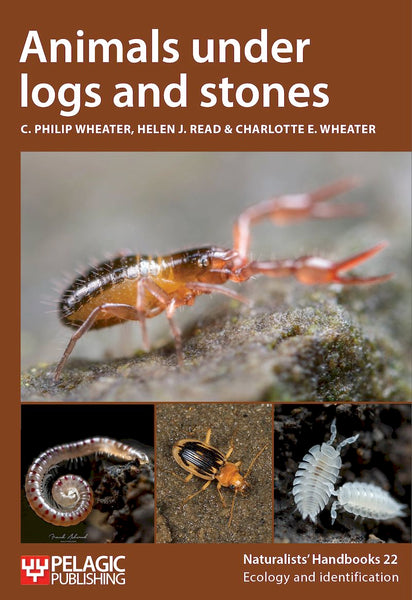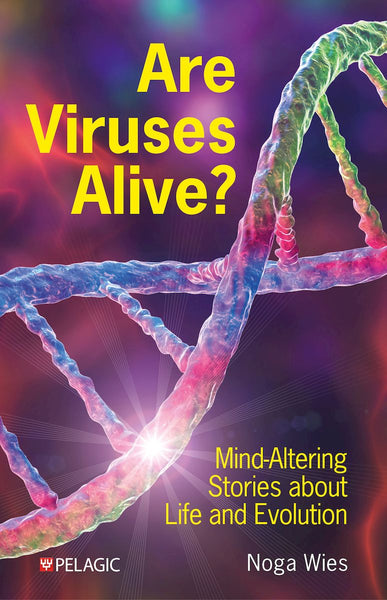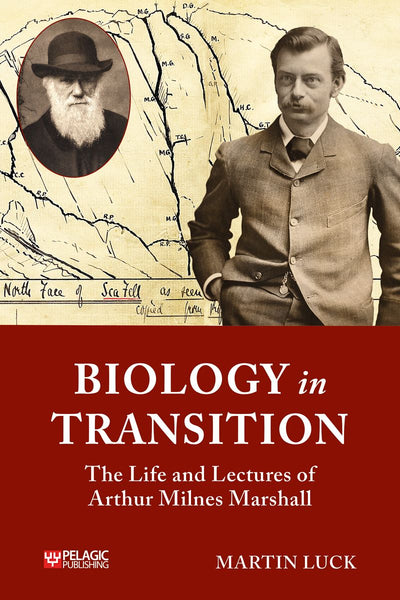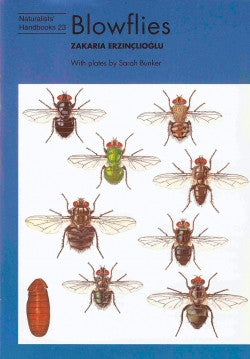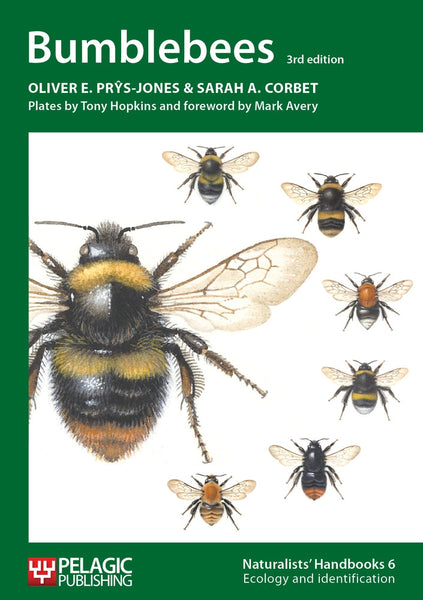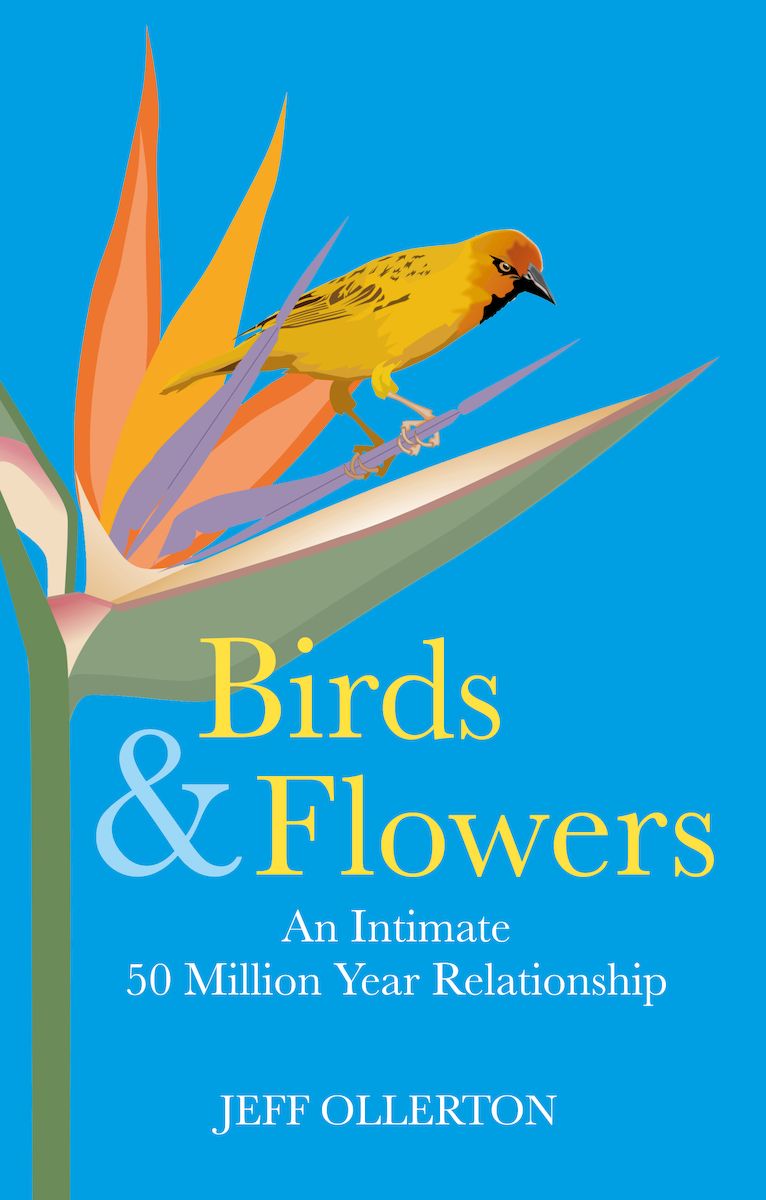
Birds and Flowers
An Intimate 50 Million Year Relationship
- Shows the true significance of birds as pollinators.
- Offers examples from all around the world.
- Debunks myths, reveals little-known truths and offers ingenious new perspectives.
- Go on this amazing journey through time with Jeff and gain a better appreciation for our wondrous and beautiful living planet, the threat it is under today from human disturbance, and what we can still do to preserve it.
—Prof. Michael E. Mann, author of Our Fragile Moment
- birds
- botany
- ecology
- evolution
- ornithology
Description
Hummingbirds, and the balletic ways in which they feed on flowers, are familiar to most people. But they belong to just one of at least 74 bird families that are known, or suspected, to be pollinators. Relationships between plants and birds first emerged at least 50 million years ago and over time have influenced the evolution of both groups.
This groundbreaking book is the first to deal with pollinating birds in all their diversity, involving almost 1,390 avian species interacting with tens of thousands of different plants. It rescues them from being novelties of natural history and explores these interactions in all their evolutionary and ecological significance. Pollinating birds have intricate lives that are often highly dependent on flowers, and the plants themselves are at the whim of birds for their reproduction. This makes them important players within many ecosystems, including tropical rainforests, dry grasslands, temperate woodlands, coastal mangroves and oceanic islands.
Bird–flower relationships are threatened by disease, habitat destruction and climate change. Some of the birds are already extinct. Yet there are optimistic stories to be told about conservation and restoration projects that reveal the commitment of people to preserving these vital ecological connections. In addition, as a source of cultural inspiration with a history stretching back millennia, pollinating birds and their flowers are part of the ongoing relationship between humanity and the rest of nature.
DOI: 10.53061/FFQO3130
Table of Contents
Introduction: Encounters with birds and flowers
1. Origins of a partnership
2. Surprising variety
3. Keeping it in the family
4. A flower’s point of view
5. In the eye of the beholder
6. Goods and services
7. Misaligned interests
8. Senses and sensitivities
9. Codependent connections
10. Hitchhikers, drunks and killers
11. The limits to specialisation
12. Islands in the sea, islands in the sky
13. The curious case of Europe
14. ‘After the Manner of Bees’
15. Feathers and fruits
16. Urban flowers for urban birds
17. Bad birds and feral flowers
18. What escapes the eye
19. The restoration of hope
Species names
Sources and further reading
Acknowledgements
Index
Reviews
- A tale of two of our best-loved categories of wildlife, their elaborate and often surprising interactions, and the dedicated scientists trying to untangle them. An absorbing, enriching account by a reliable (and very well-travelled!) expert witness.
—Ian Carter, author of Rhythms of Nature and The Hen Harrier’s Year - Ollerton gives us a masterful perspective on the biodiversity and evolution of the pollination of flowers by birds. A superbly written collection of vivid stories, plenty of knowledge, amusement, and passion for nature within a perfectly-blended cocktail of ornithology and botany.
—Professor Pedro Jordano, evolutionary ecologist, Doñana Biological Station - Since the dawn of life on Earth, living things have co-evolved with our planetary environment and with each other. It is this interconnectedness that, almost paradoxically, underlies both the resilience and fragility of our world. There is perhaps no better example than the remarkable relationships between birds and flowering plants over the eons, adeptly explored by Ollerton in Birds and Flowers. Go on this amazing journey through time with Jeff and gain a better appreciation for our wondrous and beautiful living planet, the threat it is under today from human disturbance, and what we can still do to preserve it.
—Michael E. Mann, Presidential Distinguished Professor of Earth & Environmental Science at the University of Pennsylvania and author of Our Fragile Moment: How lessons from the Earth's past can help us survive the climate crisis - A charming and eye-opening exploration of the colourful interactions between birds and flowers, carried along by Ollerton’s engaging enthusiasm and wealth of entertaining stories.
—Dave Goulson, author of Silent Earth, The Garden Jungle and A Sting in the Tale - Ollerton takes us on a journey through deep time – wading through Jurassic forests – back to the dawn of an intimate relationship that evolved between birds and flowers: a story played out by hitchhikers, drunks and killers. Birds and Flowers challenges our perception of birds as mere natural curiosities, and puts them centre-stage in a quietly significant drama that first unfolded 50 million years ago: pollination.
—Dr Chris Thorogood, Deputy Director of Oxford Botanic Garden and author of Chasing Plants - Did birds start pollinating 110 million years ago? Why does Europe have so few bird pollinators? Why do some birds eat or destroy flowers? Does providing nectar feeders reduce the pollination of nearby wild flowers? Jeff Ollerton, a leading expert in pollination, tackles these and innumerable other questions in this enjoyable historical and ecological safari through the fascinating world of pollinators and pollinated plants.
—William Sutherland, Department of Zoology and St Catharine’s College, University of Cambridge - This is a fine example of a book which is pitched to increase the public understanding of ecology and evolution, and succeeds.
—Mark Avery, author and environmental campaigner - An important contribution to avian lore... I’ve little to add to the fulsome praise of other reviewers. Except that the writers style is surprisingly down to earth and chatty...having trudged through treacle with some academic works that in itself is a recommendation.
—Bo Beolens, fatbirder.com - Join Ollerton in exploring the fascinating relationship between birds and flowers. His blend of ecological and evolutionary insights, enriched with a personal touch, makes this book a must-read. Don't miss the chance to unravel the secrets of this marvelous interaction – a captivating exploration for anyone curious about the intricacies of our natural world.
—Anna Traveset, Research Professor, Mediterranean Institute of Advanced Studies - delightful... [Birds and Flowers] fills a unique niche, focusing on interactions between two of the most loved groups of organisms and doing so in a highly engaging yet highly informative way.
—Diane R Campbell, Journal of Pollination Ecology - ...intriguing, educational, and likely to make you look at some bird families in a different light.
—John Miles, birdwatching.co.uk - This book is eminently worthwhile reading for anyone, scientist or lay person, who loves birds and flowers.
—Mariette Nowak, Birding - Impressive (and delightful!)... It’s a pleasure to spend time with Ollerton’s prose.
—Mark Gamin, 10,000 Birds - very engaging... Ollerton’s book will certainly inspire this new generation of biologists to undertake additional field studies of interactions between birds and flowers. The book will also make an important contribution to the growing public awareness of the importance of pollination for the maintenance of biodiversity.
—Steven D. Johnson, Current Biology - Jeff Ollerton masterfully explores the intricate evolutionary dance between avian species and the floral world... Birds & Flowers is a delightful and educational read that will captivate anyone interested in ornithology, botany, or ecology.
—Conservation Biology - Jeff's enthusiasm, humour and vast knowledge of the subject makes him the perfect guide to this exploration of the long-standing relationship between birds and flowers. I found the dual focus of the book fascinating.
—Nic Wilson, Guardian country diarist - ...the book is very informative, well-written and enjoyable, and it should certainly be acquired by anyone interested in bird life and/or flowers, and natural history and histories, and I promise you that a new panoramic view of your favourite animals will open to you.
—Jens M. Olesen, IBIS - I picked up this book and assumed that it was 'just' about the link between birds and flowers. However, it is so much more! ...I would recommend this book!
—David White, BTO News - Jeff Ollerton's Birds and Flowers is a deep-time dive into the weird, wonderful, but always important inter-relationships between the two organisms. The author distils a mountain of diverse materials into an engaging personal story.
—Mark Cocker, Country Life Books of the Year - ...highly approachable and entertaining... Come for the bounty of fun facts (did you know some warblers and woodpeckers pollinate flowers?) and leave with a renewed appreciation of Earth’s biodiversity—and of the passionate dedication of scientists and conservationists to its study and protection.
—Zoe Grueskin, Audubon Magazine - …useful to teachers of both botany and ornithology including this subject in their courses, students planning research projects, and anyone watching birds feeding at flowers who wants to understand the complexity of what’s actually going on.
—Roger F. Pasquier, Wilson Journal of Ornithology - Fascinating... if you are looking for a good introduction to bird and flower ecology you will learn a lot from this book - and are unlikely ever to look at a Blue Tit in the same way again!
—George Ross, Scottish Birds - Readers are taken on a journey into the study of the co-evolution of birds and flowers from one of the world leaders in this research... a fascinating read.
—Gareth Coombs, African Birdlife - This is an absorbing sprint through one of the bird world's lesser known but incredibly important ecological facets. It is certain to provide revelations for any of its readers.
—David Callahan, Birdguides - This book stimulates the reader to consider more than superficial relationships in the natural world, to look below the surface of our observations.
—Cyndi M. Smith, The Canadian Field-Naturalist
About the Author
Scientist and author Jeff Ollerton is a leading expert in the field of biodiversity, as well as a passionate natural historian and educator. His influential research on understanding and conserving plant–pollinator interactions has been widely used by national and international agencies to support conservation efforts.Bibliographic Information
 336 pages
336 pages - 28 colour plates
- BISAC SCI070040, SCI027000, SCI011000
- BIC PSVW6, PSAJ, PST

